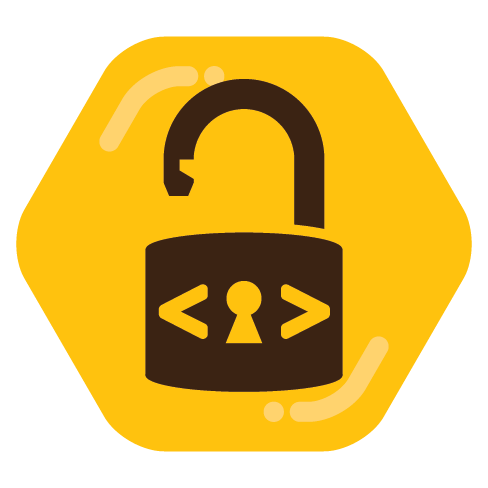

.ovh domains are like $2/year, if that helps.


.ovh domains are like $2/year, if that helps.
The problem is that breaking it will also break a lot of Apple devices.


Thanks, though your correction is also incorrect. Display managers, like SDDM, GDM, or LightDM, are the login screen. They’re called “display managers” for historical reasons, but they also run on top of the display server.


Display servers, not window managers. Window managers are built on top of X11 or Wayland.


Wayland is a “display server,” which basically means it manages the way GUIs show on the screen. X (most recently X11/Xorg) was the standard for over 30 years, but it was designed for computers 30 years ago. Modern concepts like scaling and high refresh rate displays need extensions to it, but it’s really complicated and hard to work with, so a lot of improvements that need to be made can’t be made. It’s also fundamentally insecure, as every window has access to both the contents and the input of any other window. Wayland is a modern replacement that focuses on security and expandability, and basically everything is working on switching to it. There are growing pains, but it’s constantly improving, and most distros use it by default now.
I thought it was last Thursday.
It’s totally valid in most cases. It’s technically only supposed to be used for a question, but language is based on how it’s most commonly used, with those “rules” only applying in extremely formal situations. With the prevalence of informal text-based communication, many people use it to indicate being unsure, like how you used it. I just wanted to continue the chain of grammar corrections (which is why I used the wrong “its”/“it’s” at one point). Also, you were right about the quotes.
A question mark does not fit the sentence, which is a statement (“they should.” rather than “should they?”). While question marks are commonly used to demonstrate a rising tone at the end of a sentence, its not considered correct for formal writing.


Be extremely careful. Plenty of people are really smart and malicious, so you need to isolate it from everything on your network. You’re giving random people remote code execution on your local network, which is like the worst case scenario for security.
That’s not really possible. With such a wide-ranging standard as USB-C, the cable needs to report what it can support. Without E-marker chips, for example, there would be three possible results: no cable can charge quickly, every cable is thick, short, and expensive, or cables catch on fire frequently. Cheap cables that don’t support all of the extra features are just cables, but the good ones need to let the computer know what they are capable of.
So they figured out that a $130 Thunderbolt 4 100W E-marker cable is better designed than a $10 USB 2 60W cable? I think they should have looked at a cheaper high-end cable, like a 240W Thunderbolt 4 cable, to see how a comparable one compares.
In my opinion, phone cameras are usually used to capture a memory, not a moment. Memories are idealistic and inaccurate, so I don’t think it’s a problem that a way of “storing memories” is also inaccurate.


What I usually do is tell the Play Store to not update it. Also, I don’t think it’s that involved. Take this with a grain of salt because I’m pretty experienced with phone modification, but I think it’s just downloading the file, opening it, selecting YouTube, choosing what modifications you want, and installing it.


That’s odd. That’s really dumb for those third-party technicians to take that, as (aside from the damage to their reputation and simply not being a good person), it would probably be a degraded battery anyway. Being constantly plugged in is very bad for a battery.
Behavior-based antivirus is extremely difficult, failure-prone, and almost entirely unnecessary because of how secure Linux is, so they don’t exist to my knowledge. Signature-based antivirus is basically useless because any security holes exploited by a virus are patched upstream rather than waiting for an antivirus to block it. ClamAV focuses on Windows viruses, not Linux ones, so it can be a signature-based antivirus, but not many people run an email server accessed by Windows devices or other similar services that require ClamAV, so not many people use it, and nobody made any alternatives.
If you’re worried about security, focus on hardening and updates, not antiviruses.


Heat difference is what you can get energy from, not heat itself. You need something cold to get energy from the heat.
Open source is a license. What you’re referring to is “source-available.” You can’t legally fork, redistribute, or contribute to it.